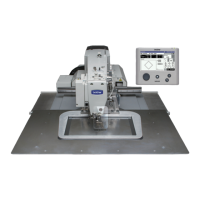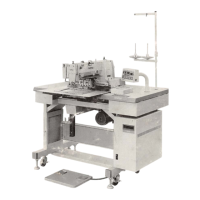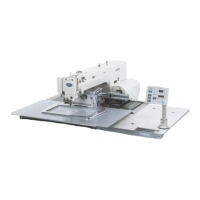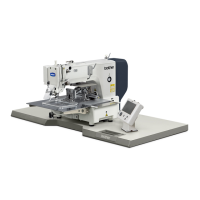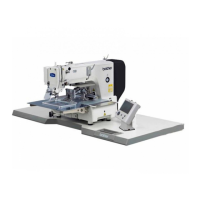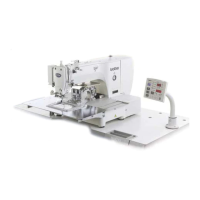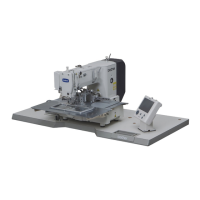What to do if the upper thread is not cut on my Brother BAS-341H Sewing Machine?
- MMaria EllisSep 3, 2025
If the upper thread is not being cut, the movable knife may be blunt and needs replacement, or the fixed knife may be blunt and needs sharpening or replacement. The movable knife might not be picking up the upper thread, requiring a timing adjustment. You might need to adjust the standby position of the movable knife. Refer to 'Skipped stitches occur'.
